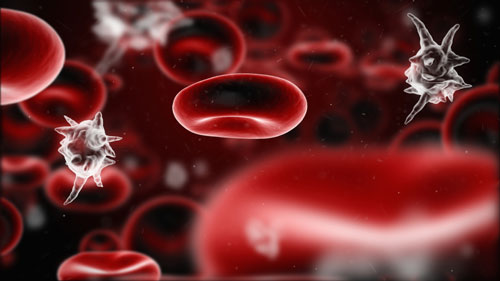Sepsis and septic shock, caused by an excessive systemic host-inflammatory response, are associated with high morbidity and mortality. Combined with standard intervention therapy, specific blockade of CD14 and C5 might represent a promising new therapeutic strategy for treatment of polymicrobial sepsis.
The Journal of Immunology recently published online a paper showing that a treatment regimen blocking “bottle-neck” molecules of complement and the TLR system, C5 and CD14 respectively, significantly attenuated the initial proinflammatory cytokine storm in mice undergoing cecal ligation and puncture sepsis, a polymicrobialmodel which is regarded relevant for human sepsis despite the large species differences. Notably, for some of the cytokines, like IL-6, double-blockade of C5 and CD14 was required to get significant reduction. Most importantly, the 10-day survival was significantly improved by the double-blockade, which was not observed by single inhibition by the two molecules.
The study was initiated by a CEMIR-affiliated researcher, professor Tom Eirik Mollnes, who has put forward the hypothesis of this double blockade as a treatment option for conditions where innate immunity is improperly activated. This idea is based on in vitro work the last 10-12 years – in close collaboration with the CEMIR leader, professor Terje Espevik. The present study was performed in collaboration with professor in trauma surgery, Marcus Huber-Lang, and his colleagues in Ulm, where the animal experiments were done. This is the first publication presenting evidence for the C5/CD14 “cocktail” as a possible treatment for sepsis.
Reference:
Huber-Lang M., Barratt-Due A., Pischke S.E., Sandanger. Ø., Nilsson P.H., Nunn M.A., Denk S., Gaus W., Espevik T., Mollnes, T.E. Double-blockade of CD14 and complement C5 abolishes the cytokine storm and improves morbidity and survival in polymicrobial sepsis in mice. Journal of Immunology 2014 (E-published April 30th, 2014).

